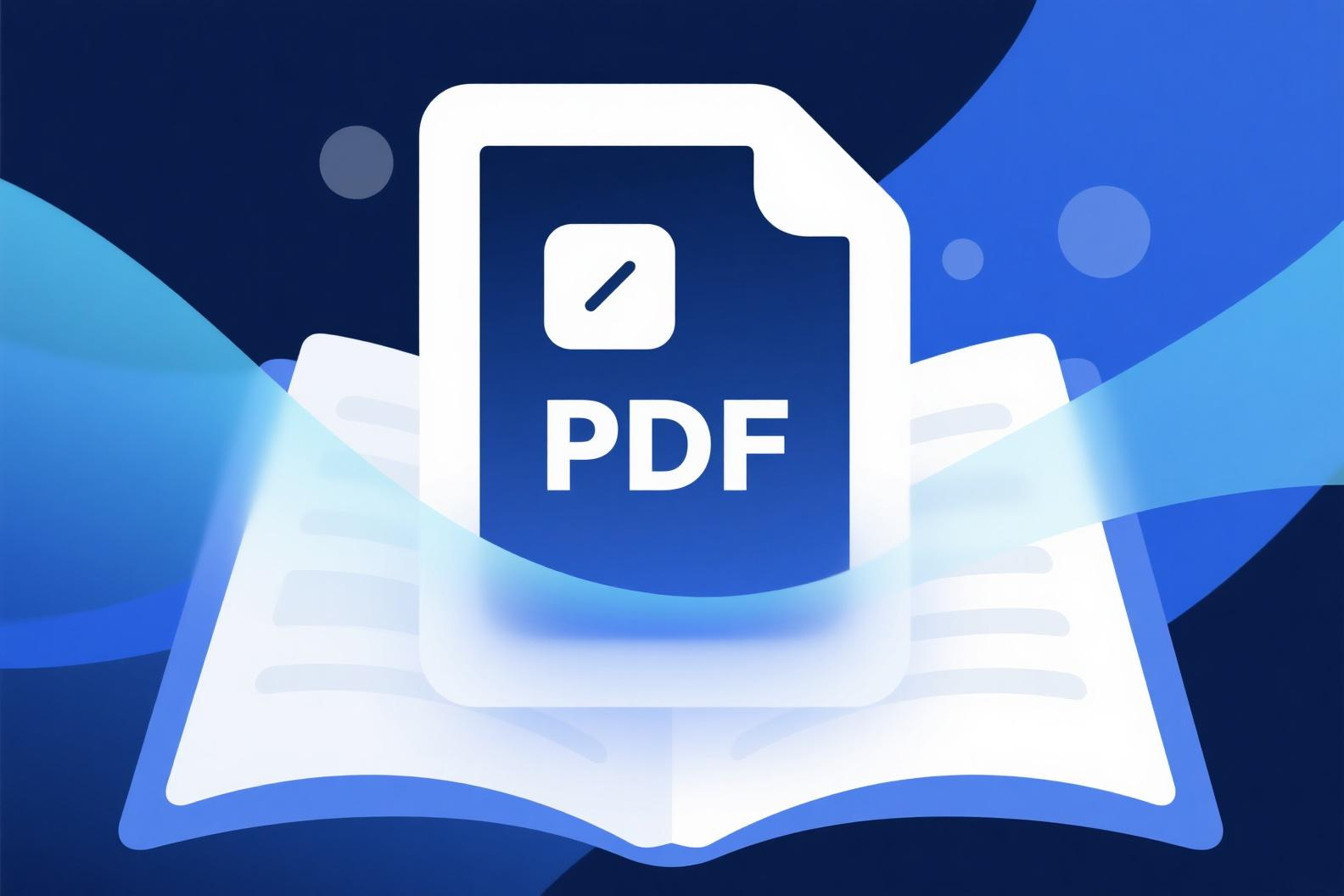Why Are PDF Files So Large?
Common reasons for oversized PDFs include:
-
High-resolution images: Uncompressed embedded pictures
-
Font embedding: Full font sets instead of subsets
-
Redundant content: Multiple versions or uncompressed edit history
-
Multimedia elements: Videos, audio, or 3D content
-
Excessive scan quality: Too high DPI settings for scanned documents
-
Unnecessary metadata: Excessive author information, comments, etc.
7 Effective Methods to Reduce PDF Size
1. Use Online Compression Tools
Professional online tools like PDFSail employ smart algorithms to significantly reduce file size while maintaining readability, offering multiple compression levels for different needs.
2. Adjust Image Quality
-
Reduce image DPI (300DPI for printing, 150DPI for screen viewing)
-
Convert color images to grayscale (reduces size by ~75%)
-
Use JPEG instead of PNG for images
3. Remove Unnecessary Elements
-
Delete hidden layers and comments
-
Remove redundant bookmarks and links
-
Clean document properties and metadata
4. Optimize PDF Settings
-
Use "Optimize PDF" or "Reduce File Size" features (available in Adobe Acrobat)
-
Apply PDF/A standard for archiving
-
Enable "Fast Web View" option
5. Font Optimization
-
Embed only used characters (font subsetting)
-
Use standard fonts instead of custom ones
-
Convert text to outlines (for final versions)
6. Split Large PDFs
-
Divide by chapters or pages
-
Save attachments separately
-
Create multiple targeted PDFs
7. Recreate PDF
Sometimes recreating PDFs works better than compressing existing files:
-
Re-export from original Word/PPT files
-
Adjust export settings (choose "Standard" over "High Quality")
-
Use "Print to PDF" with space-saving options
Advanced Compression Techniques
-
OCR application: Dramatically compresses scanned documents after OCR processing
-
Selective compression: Different compression rates for text and images
-
PDF version downgrade: Use older PDF standards (e.g., 1.4 instead of 1.7)
-
Secondary compression: Apply multiple compression methods sequentially
-
Professional software: Use "Advanced Optimization" in tools like Adobe Acrobat Pro
Common Issues & Solutions
Issue 1: Blurry images after compression
-
Solution: Try different compression rates or compress text only
Issue 2: Insufficient size reduction
-
Solution: Check for non-compressible elements (e.g., encrypted content)
Issue 3: Formatting errors post-compression
-
Solution: Use professional tools like PDFSail or try alternative methods
Issue 4: Need to compress numerous files frequently
-
Solution: Find batch-processing tools and establish automated workflows
Issue 5: Uneditable compressed files
-
Solution: Keep originals and distribute compressed copies
Choosing the Right Compression Method
Select based on needs:
-
Email attachments: Medium compression, basic readability
-
Web publishing: High compression, fast loading
-
Printing purposes: Light compression, maintain quality
-
Archival storage: Balance compression and long-term readability
For most daily needs, PDFSail offers intelligent compression that automatically selects optimal parameters without requiring technical expertise.
Best Practices to Prevent Oversized PDFs
-
Source control: Choose proper settings when creating PDFs
-
Regular optimization: Establish file maintenance routines
-
Format selection: Avoid PDF for simple documents when unnecessary
-
Version management: Keep high-quality originals and compressed versions
-
Staff training: Improve team awareness of file optimization


